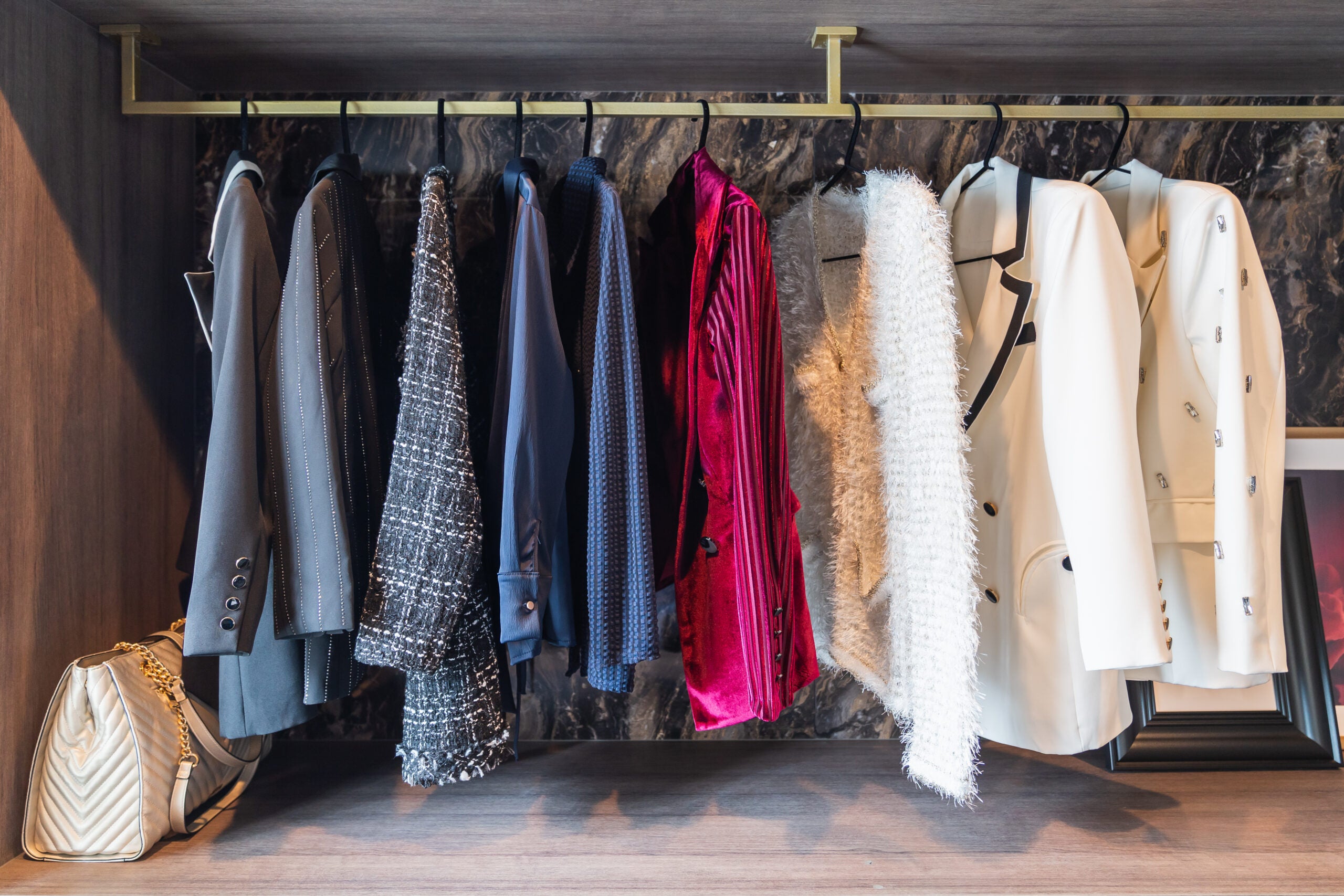
The secondhand fashion and luxury market has tripled in size since 2020, with no signs of slowing down, the What an Accelerating Secondhand Market Means for Fashion Brands and Retailers report states.
Resale products currently make up approximately one-quarter of secondhand products buyers’ closets but they are expected to make up 27% of closets by 2023.
The report is based on two global surveys of 6,000 consumers conducted in 2020, and 2,000 consumers in 2022, to better understand their engagement with the resale market.
This is the third report in a collaborative series between BCG and the preowned designer fashion retailer which estimated the value of the apparel, footwear, and accessories resale market between $100 and $120bn worldwide (more than three times the size it was in 2020).
The report states sustainability is an increasingly prominent driving force for secondhand buyers.
Some key findings:

US Tariffs are shifting - will you react or anticipate?
Don’t let policy changes catch you off guard. Stay proactive with real-time data and expert analysis.
By GlobalData- While affordability was cited as the primary driver for buying secondhand items among more than half of respondents, this trend is declining.
- Product variety was reported as the second biggest driver behind consumption of secondhand goods.
- 40% of buyers view secondhand as their way to consume fashion sustainably, and the same number are choosing the secondhand market for the large choice and unique pieces it offers.
- 35% of survey respondents reported the thrill of the hunt and opportunity to barter with sellers as an increasingly popular driving force for purchasing secondhand clothing.
As per the report, sellers are motivated by detoxing their wardrobe but deterred by a lack of time. 60% of those selling secondhand items are looking to clean out their wardrobes and make room in their closets.
That same number also reported motivation to recover the residual value of their item and either spend it on secondhand (39%) or firsthand (20%) products, or in general (39%).
While selling is an increasingly adopted behaviour among buyers, not all buyers have sold items on the secondhand market themselves. 30% of non-sellers have something to sell but haven’t been able to find the time to list their items.
In lieu of selling, 30% of respondents prefer to give their items away to friends or charities. One-quarter of buyers reported that they wouldn’t know what items they would sell from their wardrobes.
Sarah Willersdorf, global head of luxury and coauthor of the report at BCG, said: “It is now certain that consumers have embraced secondhand and it’s changing the way they buy and sell their clothes. There is a tremendous opportunity for brands that enter this market to capture new customers while also appealing to existing shoppers motivated by sustainability, affordability, and exclusivity.”
Nearly 60% of consumers have either discovered a brand or bought it for the first time secondhand, underscoring the strong opportunity for brands to increase their reach to new customers by participating in the resale market.
Moreover, the report outlines three models for brands or retailers to consider when entering the secondhand market.
- Owning and operating its own resale capabilities
- Partnering with a resale platform
- Exploring resale without making a significant investment or long term commitment
Meanwhile, a report from Global Data has revealed the resale apparel market soared by 109.4% between 2016 and 2021.
The increased dominance of online resale platforms, like Depop and Vinted, has supported this growth, especially since the pandemic, when people were forced to shop online amid store closures or use platforms such as these to sell items they had cleared out of their wardrobes during lockdowns.
And as discretionary income becomes increasingly squeezed, consumers are turning to alternative, cheaper methods for purchasing clothes, including the resale market – and brands are embracing this trend to satisfy demand.



